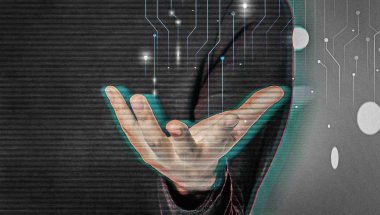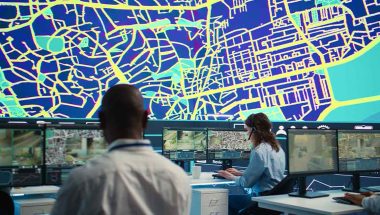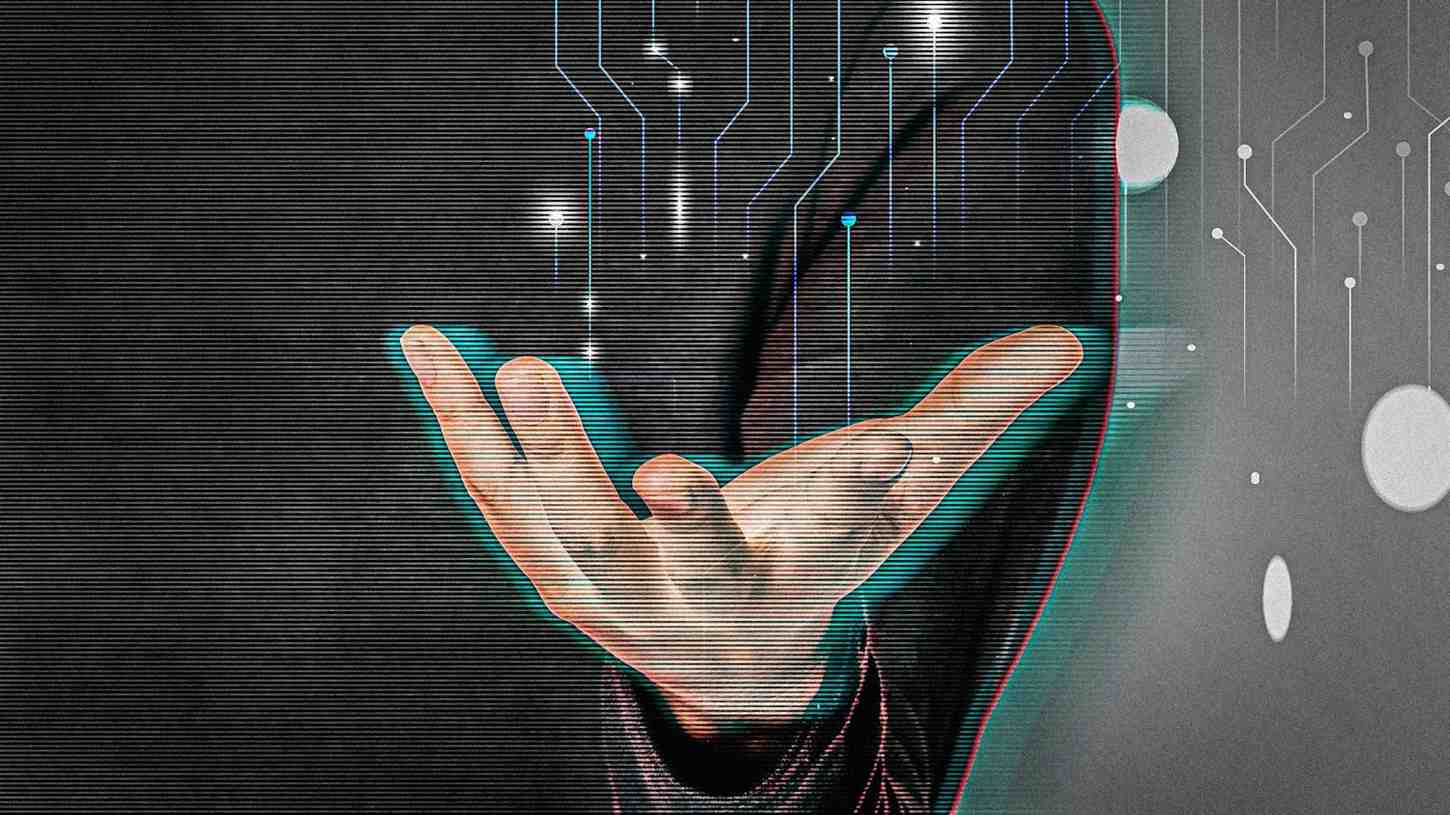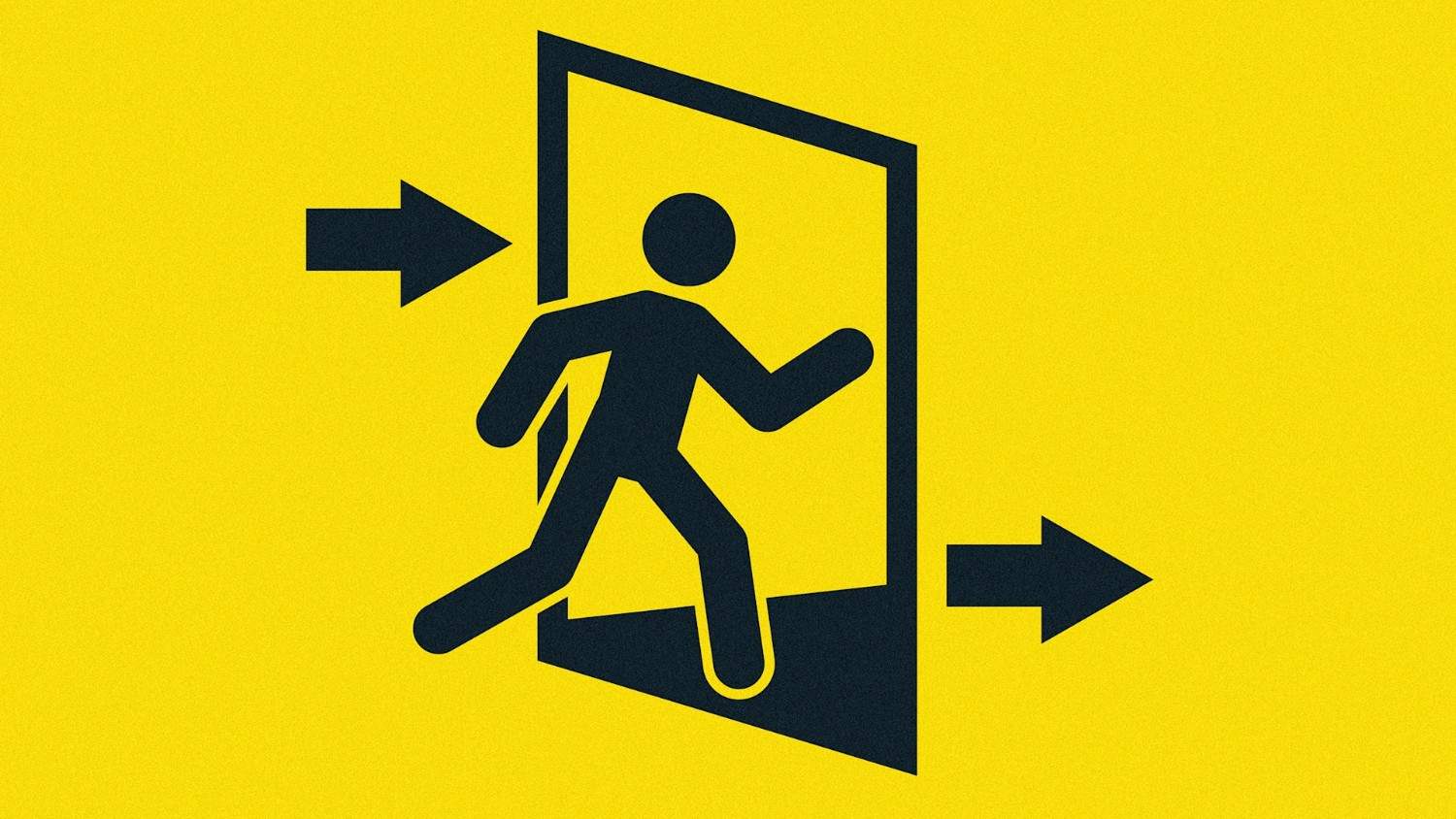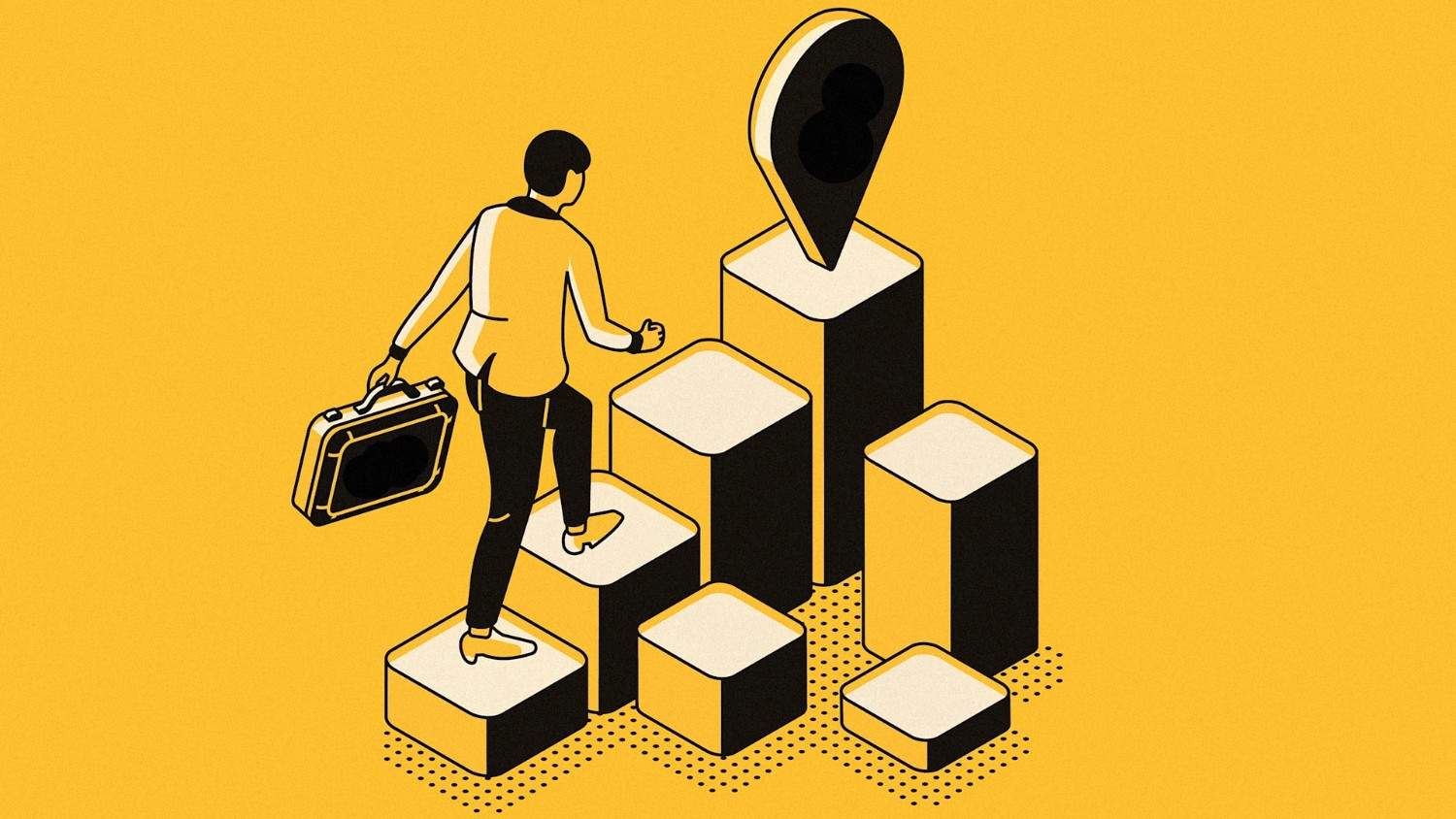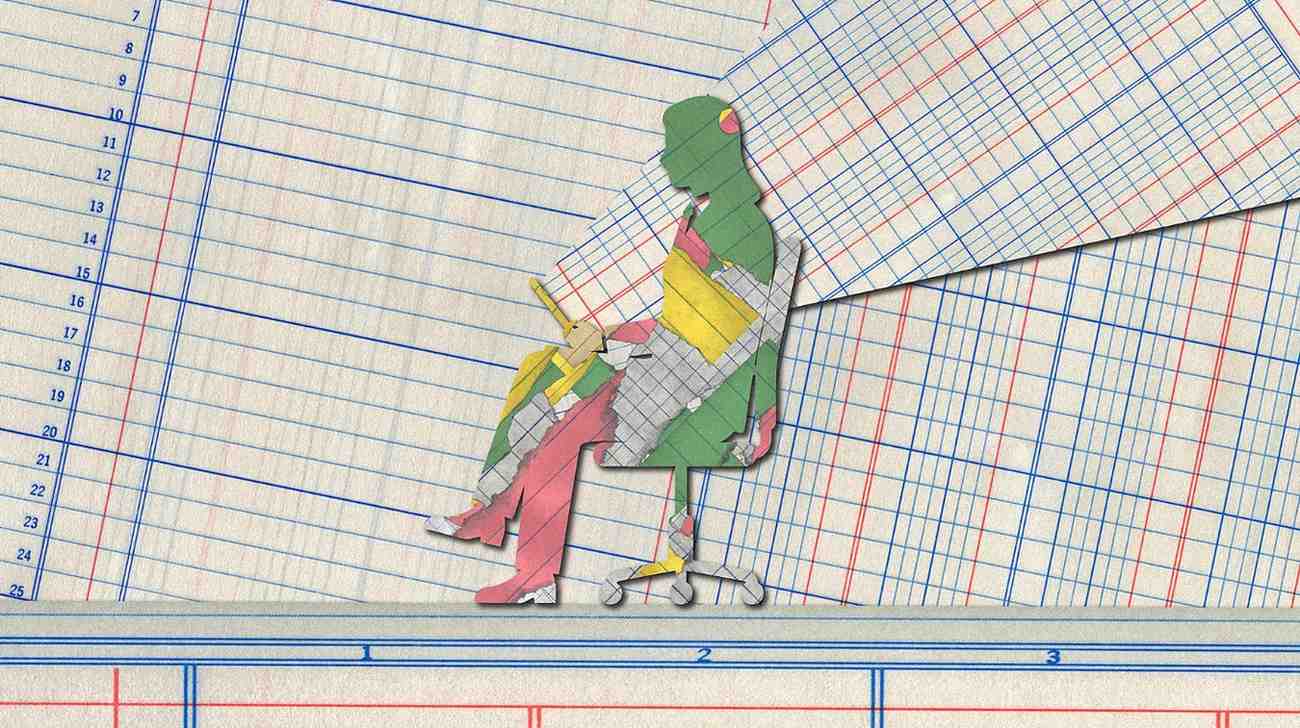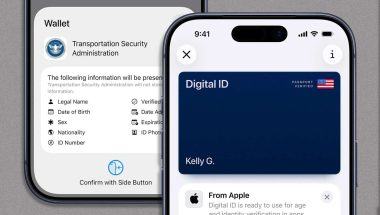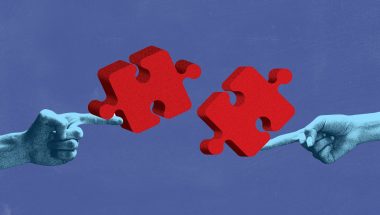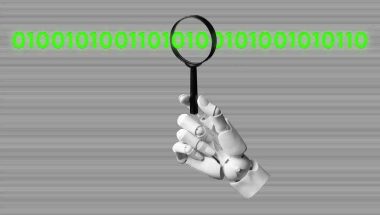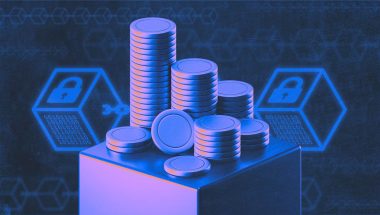- | 8:00 am
Why millennials, not Gen Z, became the side hustle generation
AJ Eckstein interviewed 7 millennials about their experiences juggling jobs a side hustle. Here’s what he found.

Generation Z, people who were born between 1997 and 2012, have become synonymous with having side hustles. However, they are actually not the generation with the most side hustles.
According to H&R Block’s Outlook on American Life Report, millennials, those born between 1981 and 1996, are more likely to work multiple jobs compared to any other generation. The report uses information from more than 20 million tax filers from H&R Block to get a better understanding of “middle Americans” (those with household incomes of $45,000 to $145,000) and found that millennials work full time and, on average, work two jobs to keep up with inflation and augment their income. Plus, nearly one in three millennials say they intend to work for an app-based company—such as Uber, Lyft, and Taskrabbit. The report also found that millennials are the generation most likely to rent out their home (or just part of it) to earn extra cash.
To investigate further, I interviewed seven millennials who have side hustles to hear their experiences firsthand and better understand how millennials became the side-hustle generation. Here’s what they had to say.
FINANCIAL PRESSURES
One reason side hustle culture has become so popular among millennials is because many entered the workforce following the Great Recession and had to take on additional work to make ends meet.
Today, many millennials continue to face financial challenges. Since having families of their own, those millennials are now part of the “sandwich generation” in which they must care for their children and their aging parents, often simultaneously. What’s more, many are earning relatively less compared to rising inflation. “On average, middle-income millennials work two jobs,” says Kathy Pickering, chief tax officer at H&R Block. “Millennials are taking on side hustles, as the majority earn under $80,000, which makes it feel that their income is not keeping up with inflation, leading many to feel financially insecure.”
More broadly, three-quarters of the country say they’re struggling to afford the cost of living, and food prices have climbed to their highest level in four decades. And many workers’ real wages have failed to keep up with inflation. But the unique financial challenges that millennials have faced may be one reason they have become the side hustle generation.
MILLENNIALS SEE SIDE HUSTLES AS MORE THAN MONETIZATION
Many of the workers I spoke with told me that their side hustles can be a passion to help others, a desire to solve a problem, or a creative outlet.
For instance, Jean Kang, a strategic program manager at Figma, says she “always had this itch to be [her] own boss.” She says she realized that there was a gap with jobseekers breaking into tech and program management and that she could help these people. That’s how she started a side hustle offering career coaching. Kang says her motivation is “half about helping others and half about satisfying my curiosity.”
Similarly, Shyvee Shi, a product lead at LinkedIn, launched her side hustle out of a “passion for teaching and a desire to scale my impact beyond one-to-one mentoring.” Shi sees side hustles as “creative outlets that allow me to share insights.” This is exactly what she has done with hosting the PM Learning Series, a live show with a corresponding newsletter, reaching 100,000 LinkedIn followers.
Jodie Cook, founder of Coachvox AI, didn’t put much thought into starting her side hustle. “I just followed a passion and a mission,” she says, which led her to writing books. “I think a side hustle is a great idea and can add a lot to your happiness, employability, and skills.”
While it’s great to explore your curiosity, there are also macro events that incentivize people to start side hustles. Take Reno Perry, founder of Wiseful, who saw many of his friends lose jobs amid the pandemic. “The ‘mini-recession’ during that time opened up a big opportunity for me to pursue that passion of helping so many others in a similar position,” he says. “Passion isn’t the only thing driving me—the additional income has been immensely helpful.”
Since he was 15, career coach Tobi Oluwole has always seen side hustles as a creative outlet. “I enjoy finding a problem and solving it with a business. Ever since I was young, I’ve had side hustles like flipping iPhones, selling hoverboards, a clothing line, and more. Most of which made very little revenue or lost me money,” he says. “But in 2019, I started a side hustle to help people break into the workforce because I saw so many people struggling to do that. Most of my side hustles are born out of a problem I personally experience or that I see other people struggling with.”
Leah Shin, a product marketing manager for creators at LinkedIn, agrees with Oluwole. “My side hustles have primarily been centered around solving a community need, raising awareness, or sparking dialogue,” she says.
And Taylor Offer, cofounder and CEO of Feat Clothing, says he has had “too many side hustles to list, enabling me to pursue creative endeavors. From selling courses, consulting on social media, investing in startups, modeling, speaking, and having a podcast, I have made over a million dollars in profit in the last 24 months through side hustles.”
Balancing a side hustle can be challenging
One of the hardest things about a side hustle is finding the time to balance it with your full-time job. Experts advise others to prioritize, focus, automate, build systems, and find like-minded people.
“I am extremely disciplined and manage my time well,” shares Kang. “It comes down to prioritization and focus. I am very clear on having boundaries. I time-block everything and index on systems and tools. I spend two hours a week to draft posts in Notion, then use tools like Buffer and AuthoredUp to bulk-schedule my posts for the next one to two weeks.”
Shi also believes in setting strict boundaries and explains that she “dedicates specific times for my full-time job and side hustle. Weekends are reserved for my side projects, ensuring I remain fully committed to my main role during work hours. To optimize my side hustle time, I employ snippets of productivity techniques, fitting tasks into small, manageable time slots, and tapping into the collaborative spirit of the community for support.”
Balancing a full-time job and a side hustle is no easy feat, echoes Perry, who after years of trial and error, has built “the right systems and habits to make it possible.”
“For example, I use the weekends to create and schedule all my content, and I also work with a virtual assistant who handles a lot of administrative tasks,” says Perry. “Truthfully, the balance is never 50-50, and there are many days where my full-time job takes precedence. But having those systems keeps my side hustle going.”
If anyone has figured out how to automate processes, it’s Oluwole. “I try to automate my side hustle as much as possible. I use tools like Zapier to automate repetitive tasks, delegate tasks to others, and focus on one major thing at a time to not spread myself too thin,” he explains. Oluwole’s goal every year is to “find the most efficient way to increase revenue without expanding operations, and once I figured that out, I unlocked my freedom. 2022 was by far the best earning year I had—but it was also the year I worked the least and traveled the most. Thanks to the systems I built.”
On top of discipline, focus, prioritization, and automation, many side hustlers find they also need additional motivation. The best way to foster this is to surround yourself with a community of friends who share a similar love of building, suggests Shin. “I never take the path to pursue side hustles alone, instead I build with people I’ve met along the way,” she says. “With an amazing set of collaborators, we help keep each other accountable, learn new things, and have fun throughout the process. It makes working long nights or talking on the weekend so much more enjoyable to do because we have each other.”
In addition to balancing the time commitment of a side hustle, workers also need to consider any additional taxes they may be responsible for. Pickering says “most first-timers don’t understand the basic rules of tax implications.” She further explains that you have to pay taxes on side hustle income—and recommends deducting business expenses and using a separate business bank account and credit card to segregate expenses.
Transparency is key with your full-time employer
Many people don’t start a side hustle because of the risk that it could impact their full-time job—and fear that their employer will find out. However, many Millennial side hustlers recommend airing on the side of transparency with employers.
“Keep it real and honest,” argues Kang. “When I started my coaching business, I had a straightforward chat with my employer. We talked about what I’d be doing, set some ground rules to make sure there were no conflicts, and agreed it wouldn’t impact my work. Funny thing is, having a side hustle has actually made me a better performer. It’s boosted my efficiency and confidence at work.”
Shi recommends doubling down on transparency. “I’ve made it clear that my side projects are aligned with my professional growth and do not conflict with my responsibilities at my full-time job,” says Shi. “My manager was supportive of me building my presence on LinkedIn and dogfooding our own products.”
To be sure, this conversation can be difficult depending on your hiring manager and their varying thoughts on side hustles. “First off, before deciding whether to disclose your side hustle, I would seek to understand your employer’s stance on outside work,” says Perry. “Also, consider how closely your side hustle relates to your main job. The more overlap, the greater the need for transparency to avoid conflicts of interest.”
Oluwole says he feels fortunate that the company he worked for (Shopify) encouraged side hustles. “I actually got more visibility and even a promotion partially because I had scaled my side hustle to 6-figures,” he says. “I set up a separate corporation so that I could distance myself from my side hustle if it ever became a problem. But my employer always knew about my side hustle from day one.”
Similarly, Shi feels “incredibly lucky to have employers who embrace my side hustles as an outlet to express my creativity and bring what I learn to the broader team. I often share very early on in the interview process or through my LinkedIn, the projects I pursue in detail. I include my learnings, impact, and ways others can join in what we are building.”
Even Cook agrees that “as an employer I enjoy when team members have side hustles. It can develop their skills outside of employment and make them more commercially-aware.”
The future of the side hustle
This trend of having side hustles does not seem to be slowing any time soon.
As Pickering puts it, “the economy continues to evolve with technology as an enabler that allows so much more flexibility for the worker. We’re likely to see all ages having a side hustle. Even boomers, as they’re winding down their careers, may pick up something on the side to supplement their retirement funds.”
Kang has been “seeing more and more people juggling their 9-5 with side hustles” so much so that it’s “becoming the norm.” Perry shares that “in the future, everyone will have multiple jobs. Financially, a lot of people were caught off guard with the layoffs over the last few years, so I can see them wanting to insure themselves for when the unexpected happens.”
Oluwole also senses a shift in the workplace. “For years in North America, it was ‘live to work.’ Now, people want to ‘work to live.’ I believe everyone with a side hustle wants the same things deep down inside: freedom, control and security,” he says. “Having one source of income is now the riskiest plan—especially if it’s a job that you can get laid off from at any time.”
As the workforce continues to evolve, the trend of side hustles is likely only to increase, challenging the traditional single-source-income model and emphasizing the importance of flexibility and control in navigating a changing economy.
The only question left is, What side hustle are you going to start?









